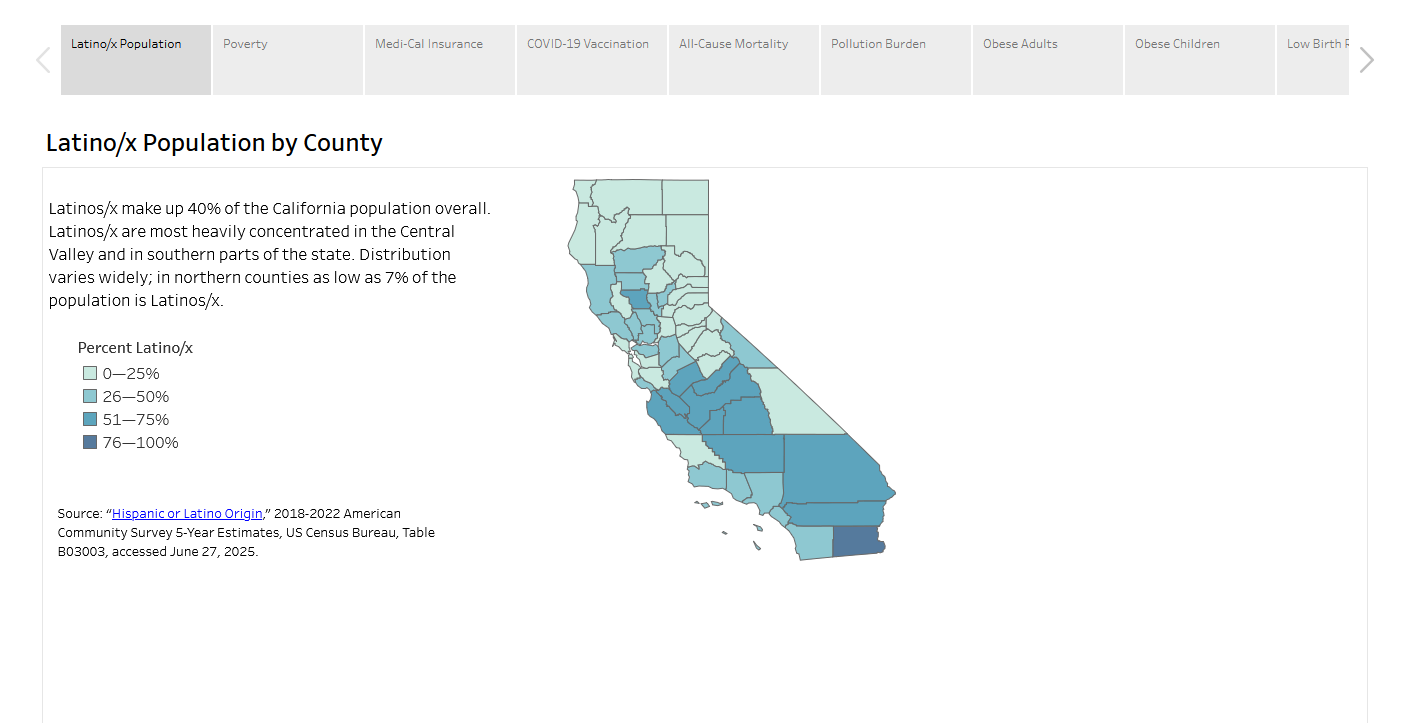Get These Charts
Our charts are available to use in your presentations and publications. Download a zipped file of all of the charts from this report, and review our Terms of Use.
National Health Spending: 2025 Edition provides a detailed overview of national health spending in 2023, projections for the next decade, and age and gender data as of 2020.
In 2023, national health spending reached $4.9 trillion, or $14,570 per person. Spending grew 7.5% in 2023 — an acceleration from the 4.6% growth rate in 2022. Health spending accounted for 17.6% of gross domestic product (GDP) in 2023, roughly the same as in 2022 (17.4%). By comparison, GDP grew 6.6% in 2023, trailing the growth in health spending (7.5%).
Looking ahead, national health spending is projected to grow 5.8% annually from 2023 to 2033, outpacing the projected 4.3% average annual growth in GDP.
KEY FINDINGS INCLUDE:
- Health spending per person rose 7.0% in 2023.
- The federal government financed the largest share of national health spending (32%). Households contributed 27%, private businesses 18%, and state and local governments 16%.
- Hospital care and physician and clinical services made up half of all health spending. Spending in these categories grew 10.4% and 7.4%, respectively, in 2023.
- Prescription drug spending increased 11.4% in 2023, up from 7.8% growth in 2022. Prescription drugs accounted for 9.2% of all health spending.
- The net cost of health insurance represented 6.2% of total spending and grew 7.2% in 2023.
- Public health insurance programs accounted for 43% of national health spending. Medicare accounted for 21%, Medicaid for 18%, and other public programs for 4%. Private insurance composed 30%.
- Private health insurance spending rose 11.5% in 2023, far above the 6.8% growth in 2022. Spending per enrollee increased 9.7%, driven by higher spending on all medical goods and services.
- Total Medicaid spending increased 7.9%. Federal Medicaid spending rose 3.6% while state and local Medicaid spending grew 18.4%.
- Consumers’ out-of-pocket spending increased 7.2% in 2023. Spending for copays, deductibles, and goods and care not covered by insurance accounted for 10.4% of national health spending.
The quick reference guide and full report on national spending is available for download below.
These materials are part of CHCF’s California Health Care Almanac, an online clearinghouse for key data and analyses describing the state’s health care landscape. To see past editions of this almanac, contact us.
Authors & Contributors

Katherine Wilson
Katherine Wilson is an independent consultant specializing in health insurance markets and health care costs. She is the author of numerous publications and reports, including CHCF’s series of reports on California health insurers.





